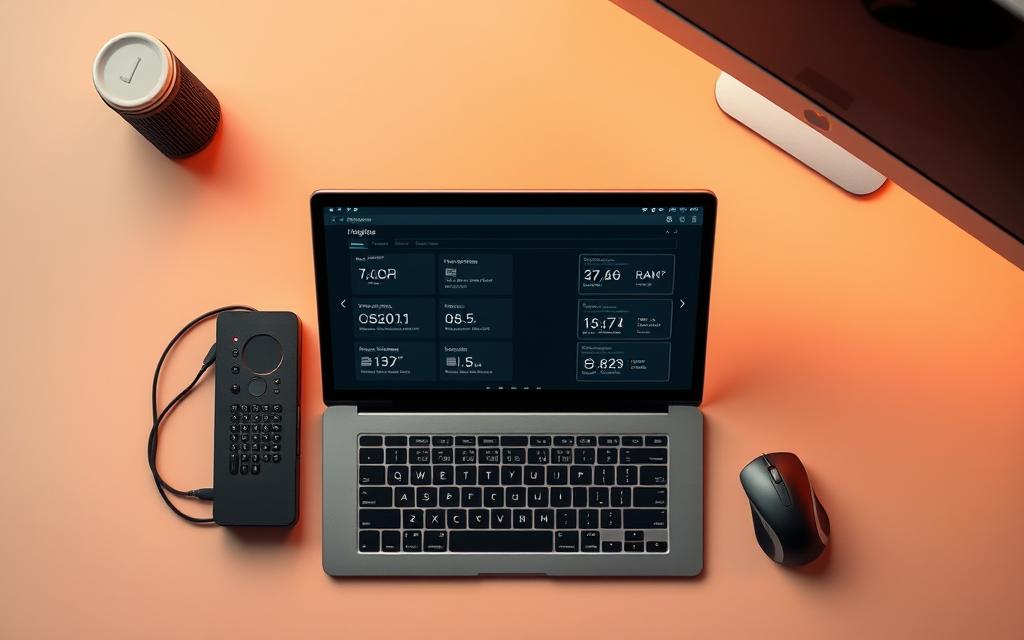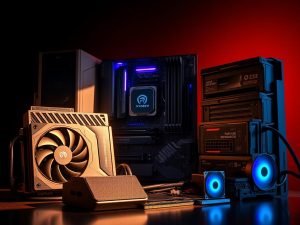Table of Contents
Your computer’s hardware specifications play a vital role in its performance and compatibility with software. Components like the CPU, RAM, and storage determine how efficiently your system handles tasks, especially resource-heavy ones like video editing or gaming.
Inadequate hardware can lead to slowdowns, crashes, or poor performance. For example, insufficient RAM or an outdated operating system version can hinder your ability to run modern applications smoothly. Ensuring your components meet the required standards is essential for optimal functionality.
Regular driver updates are another key factor in maintaining system performance. Tools like Avast Driver Updater simplify this process by automatically identifying and installing the latest drivers. This ensures your hardware operates at its best, enhancing both stability and efficiency.
Whether you’re optimizing for gaming or ensuring software compatibility, understanding your computer’s specifications is the first step toward a seamless experience.
How Do I Check My PC Specs Using Windows Settings?
Windows Settings provides a quick way to review your system’s hardware information. This built-in tool is user-friendly and offers a clear path to access essential details about your device. Whether you’re troubleshooting or ensuring software compatibility, this method is both efficient and reliable.
Step-by-Step Guide to Accessing System Information
Follow these steps to find your computer’s specifications:
- Click the Windows icon in the bottom-left corner of the screen.
- Select the Settings gear icon to open the menu.
- Navigate to System and then click About in the left panel.
This section displays critical details such as the Device ID, processor type, installed RAM, and version Windows is running. For advanced users, the right-side navigation provides access to the Device Manager, where additional hardware information is available.
Understanding the “About” Page Details
The About page is divided into two main sections: Device Specifications and Windows Specifications. Here’s what each section includes:
| Section | Details |
|---|---|
| Device Specifications | Processor model, installed RAM, system type (32-bit or 64-bit) |
| Windows Specifications | Edition, version, and OS build number |
Knowing your operating system version is crucial for determining software compatibility. For example, some applications require specific Windows editions to function properly. If you’re unsure whether your device meets the requirements, tools like Can My PC Run It can help verify compatibility.
While the Device Manager offers detailed hardware insights, it’s important to exercise caution. Unnecessary modifications can lead to system instability. Always ensure you understand the changes before proceeding.
Find Detailed PC Specs with System Information
For a deeper dive into your system’s hardware, the System Information tool is invaluable. This utility provides a comprehensive breakdown of your device’s internals, offering precise detailed information for troubleshooting, upgrades, or compatibility checks.
To access this tool, simply type “System Information” in the Windows search bar or use the Run command by pressing Win + R and entering “msinfo32.” The tool opens to the System Summary, which displays critical data like the machine model, BIOS version, and motherboard details.
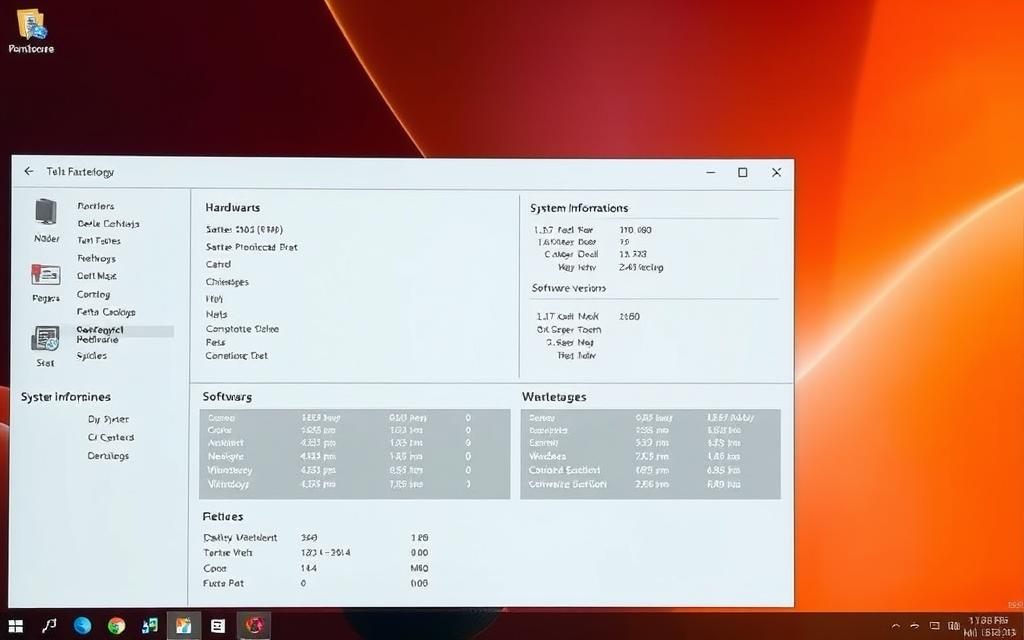
Navigating to the Components section reveals specifics about your storage devices. Under Storage > Disks, you’ll find details about SSD or HDD type and capacity. This information is essential for assessing upgrade options or verifying warranty status.
Identifying the motherboard manufacturer and model is particularly useful for hardware upgrades. Knowing these details ensures compatibility with new components, such as RAM or processors. The System Information tool simplifies this process by consolidating all relevant data in one place.
Whether you’re troubleshooting, upgrading, or verifying compatibility, the System Information utility is a powerful resource. It provides the detailed information needed to make informed decisions about your machine’s hardware.
Using PowerShell and Command Prompt for Advanced Users
PowerShell and Command Prompt are powerful tools for advanced users. These utilities provide detailed insights into your system, making them ideal for troubleshooting, upgrades, or audits. Both tools use the “systeminfo” command to generate comprehensive hardware reports.
To get started, launch PowerShell or Command Prompt via the Windows search bar with admin rights. Executing the “systeminfo” command reveals critical details like the Host Name, OS Configuration, and Total/Available Memory. This information is invaluable for IT professionals managing multiple machines.
PowerShell stands out with its scripting capabilities, allowing users to automate tasks and streamline processes. This makes it a preferred choice for enterprise IT departments. Command Prompt, on the other hand, is simpler and more accessible for quick diagnostics.
When using these tools, it’s essential to consider security implications. Elevated privileges grant access to sensitive system data, so exercise caution. Always ensure you understand the commands being executed to avoid unintended consequences.
For example, enterprise IT teams often use PowerShell to audit a large number of machines. This ensures compliance and identifies potential issues before they escalate. Whether you’re troubleshooting or managing applications, these tools provide the support needed for efficient system management.
Check Your Graphics and Audio with DxDiag
DxDiag is a powerful tool for analyzing graphics and audio performance on your device. Whether you’re troubleshooting gaming issues or optimizing video editing workflows, this utility provides detailed insights into your system’s capabilities.
To get started, type “dxdiag” in the taskbar search and press Enter. The tool opens with a System tab, but the real value lies in the Display and Sound tabs. These sections reveal critical details about your graphics card, VRAM, and audio drivers.
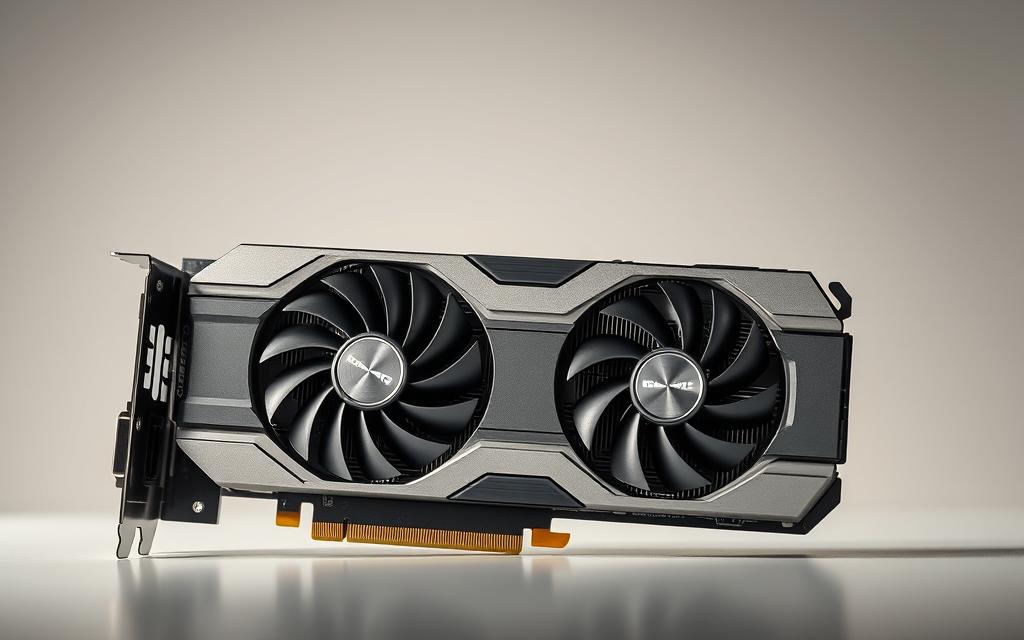
The Display tab shows your GPU model, VRAM size, and driver version. This information is essential for gamers comparing their hardware against game requirements. For example, titles like Cyberpunk 2077 demand specific graphics card capabilities to run smoothly.
Similarly, the Sound tab lists audio controllers and their driver status. Outdated drivers can cause mic or headphone failures, impacting communication during gaming or video calls. Regularly updating these drivers ensures optimal performance and security.
DxDiag also helps troubleshoot DirectX compatibility issues. Many modern games and video applications rely on DirectX, and any conflicts can lead to crashes or poor performance. The tool’s detailed reports can be saved as .txt files for sharing with tech support.
For advanced users, monitoring GPU utilization and temperature metrics is crucial. Overclocking without proper temperature monitoring can damage your hardware. Tools like Avast Driver Updater can simplify driver management, ensuring your system runs efficiently.
Whether you’re a gamer, video editor, or IT professional, DxDiag offers the insights needed to optimize your device’s performance. It’s a must-have tool for anyone serious about maintaining their system’s graphics and audio capabilities.
Key Hardware Specifications to Review
Understanding your computer’s key hardware components is essential for optimizing performance and ensuring compatibility. Whether you’re upgrading, troubleshooting, or comparing systems, knowing how to review your CPU, GPU, RAM, and storage is crucial.
Reviewing Your CPU
The processor is the brain of your system, and its performance impacts everything from multitasking to gaming. To identify your CPU, navigate to Settings > System > About > Device Specifications. Here, you’ll find details like the processor model and speed.
Deciphering naming conventions can help you understand your CPU’s capabilities. For example, Intel’s Core i7-6500U is a mid-range processor, while AMD’s Ryzen 5 3600X offers high-end performance. Knowing these details ensures compatibility with demanding applications.
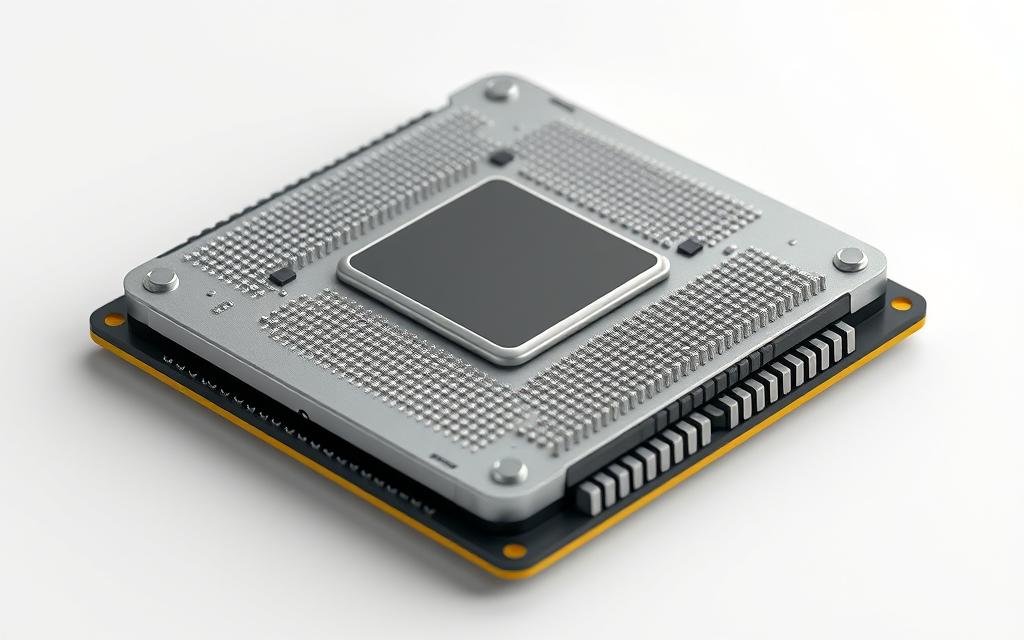
Analyzing Your GPU
Your graphics card determines how well your system handles visuals, especially in gaming or video editing. To check your GPU, open Device Manager > Display adapters. This section lists your graphics card model and driver version.
Tools like UserBenchmark allow you to compare GPU performance. For instance, an NVIDIA RTX 3060 outperforms older models like the GTX 1060 in frame rates and rendering speeds. This information is invaluable for gamers and content creators.
Evaluating RAM and Storage
Memory and storage are critical for system responsiveness and data management. To view RAM details, search for “View RAM info” in the taskbar. This reveals the amount and type of memory installed.
For storage, use System Information > Components > Storage > Disks. Here, you’ll find details about your hard drive or SSD, including capacity and speed. Comparing SSD vs. HDD speeds using tools like CrystalDiskMark highlights performance differences.
| Component | Details |
|---|---|
| CPU | Processor model, speed, core count |
| GPU | Graphics card model, VRAM, driver version |
| RAM | Amount, type, speed |
| Storage | Capacity, type (SSD/HDD), speed |
Understanding these specifications helps you make informed decisions about upgrades. For example, if your RAM is soldered, upgrading may not be feasible. Tools like Crucial System Scanner provide compatible upgrade suggestions, ensuring optimal performance.
Third-Party Tools for Comprehensive Specs Analysis
Third-party tools offer advanced insights into your system’s hardware, surpassing built-in utilities in depth and functionality. These applications provide detailed reports, real-time monitoring, and compatibility checks, making them invaluable for users seeking a thorough analysis of their machine.
Speccy, for example, stands out with its real-time temperature and power monitoring. This tool supports NVDA, ensuring accessibility for all users. It’s particularly useful for identifying overheating issues or power inefficiencies in your desktop.

Avast Driver Updater simplifies driver management by scanning over 25 million sources for updates. Its bulk update capability ensures all drives and components operate with the latest software, enhancing performance and security.
For hardware upgrades, Crucial System Scanner checks BIOS compatibility for RAM and SSDs. Its 100% compatibility guarantee eliminates guesswork, making it a reliable choice for users planning to enhance their machine.
- Free vs. Pro Versions: Many diagnostic tools offer free versions with basic features, while pro versions unlock advanced capabilities like automated scans and detailed files.
- Security Considerations: Always download third-party software from trusted sources to avoid malware or data breaches.
Whether you’re troubleshooting, upgrading, or optimizing, third-party tools provide the list of features needed for a comprehensive analysis. They complement built-in utilities, offering a deeper understanding of your system’s capabilities.
Conclusion: Why Knowing Your PC Specs Matters
Understanding your system’s hardware details is a proactive step toward ensuring optimal performance and longevity. With 74% of users experiencing issues from outdated drivers, staying informed about your computer’s components can save time and prevent frustration.
Proactive management offers multiple benefits. It prevents software incompatibility during OS upgrades and optimizes workstation setups for remote work efficiency. Targeted upgrades, rather than full replacements, reduce e-waste and promote sustainability.
Regular maintenance also enhances security and support for your applications. Whether you’re troubleshooting or planning upgrades, having accurate data about your hardware ensures informed decisions. This approach not only improves performance but also extends the lifespan of your device.
FAQ
What is the fastest way to view basic PC specifications?
Open Windows Settings, navigate to System > About, and review the Device specifications and Windows specifications sections for details like processor, RAM, and operating system version.
How can I access detailed hardware information on my computer?
Use the System Information tool by typing “msinfo32” in the Run dialog box. This provides an overview of components like the motherboard, storage, and drivers.
Can I check my graphics card details without third-party software?
Yes, run the DirectX Diagnostic Tool (DxDiag) by typing “dxdiag” in the Run dialog. The Display tab shows GPU details, including memory and driver version.
How do I find my CPU and RAM information?
Open Task Manager, go to the Performance tab, and select CPU or Memory to view processor speed, cores, and RAM capacity.
Are there reliable third-party tools to analyze PC specs?
Tools like CPU-Z, Speccy, and HWInfo offer comprehensive hardware analysis, including temperature monitoring and detailed component summaries.
How can I check storage drives and their usage?
Open File Explorer, right-click on a drive, and select Properties to view total capacity, used space, and available storage.
What is the purpose of using PowerShell for system information?
PowerShell commands like `Get-ComputerInfo` provide advanced users with detailed hardware and software data, including BIOS version and network configurations.
Why is it important to know your PC specifications?
Understanding your system’s capabilities ensures compatibility with software, helps troubleshoot issues, and guides upgrades for better performance.


